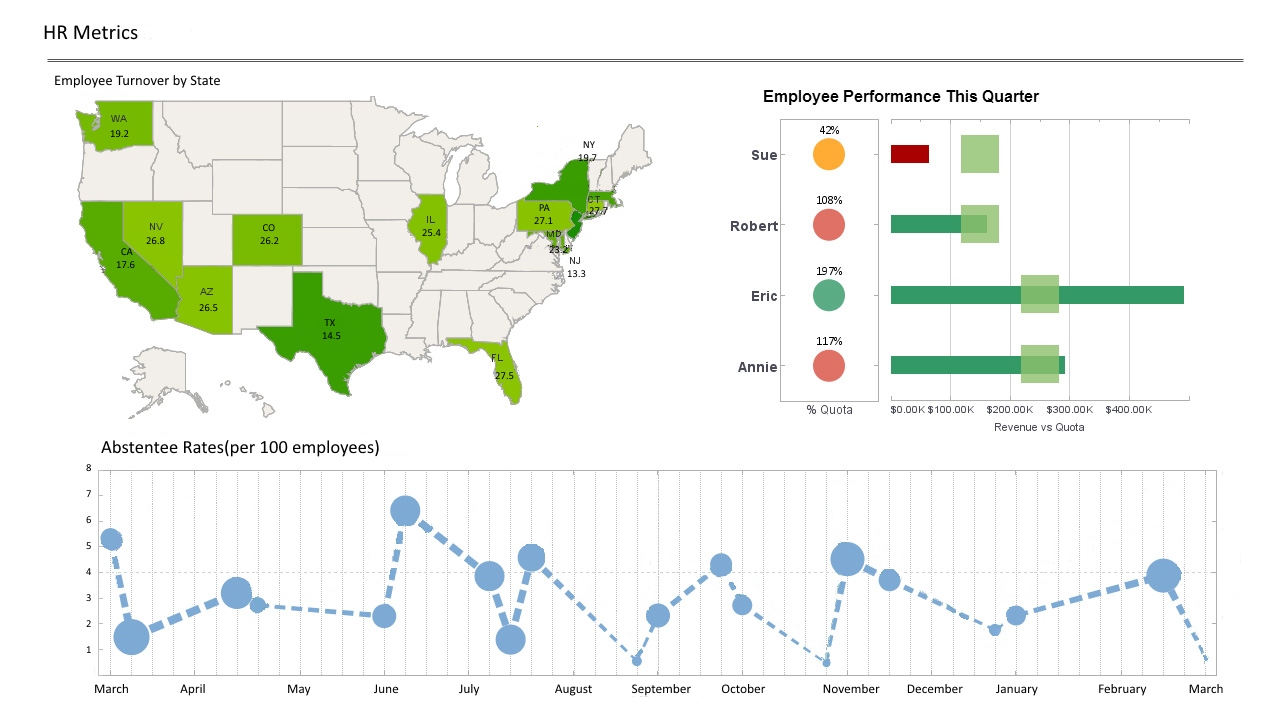InetSoft BI Webinar: Information Technology and Spreadmarts
This is a continuation of the transcipt of a Webinar hosted by InetSoft. The speaker is Mark Flaherty, CMO at InetSoft, and he discusses the topic “Analysis and Exploration: Matching Tools and Needs”.
Mark Flaherty: So they have got to go back and get some more data, which case kicks off this circular process once again. And they may go through this cycle two or three or four times or more until they get it just right. And once they do, then they present the data via Excel or PowerPoint to executives.
And if this resonates well, then they will do the thing that really gets them in trouble with the IT department and ultimately the CEO, which is they will distribute the data via email or thumb drives or whatever so others can consume it.
Of course those of you who are in IT or in the BI department understand that this creates information chaos. We call them spreadmarts or spreadsheets on steroids or renegade data marts, where each spreadsheet has its own view of the world, it own definitions of key entities like customers and sales and profits depending on who pulls the data, which is pulled at different times.
So nothing ever maps up for executives. Managers can spend most of the meeting arguing about whose numbers are, correct, instead of making critical decisions.
| #1 Ranking: Read how InetSoft was rated #1 for user adoption in G2's user survey-based index | Read More |
So spreadmarts cause lots of problems, multiple versions of the truth. They waste a lot of time and money of the analysts, well waste a lot of time of the analyst who spent up to two or three days a week just creating these spreadmarts on a regular basis. Spreadmarts are originally created for one-time analyses. It's a one-time analysis that’s turned into a regularly produced report, which has to be manually created each time. So that ends-up wasting a lot of money in the form of wasted time of this analyst.
As we know these spreadsheets or spreadmarts contain a lot of inaccurate data. A lot of the data is entered by hand. Some of the formulas are misapplied. The SQL may not be entirely accurate, especially if data sources change. And therefore running our financial numbers on the spreadmarts, it's going to undermine compliance which then risks getting our executives thrown into jail.
A lot of people, sometimes they get the benefit of the spreadmarts since they do answer present business questions. They are in many ways an instantiation of a legitimate business requirement. You can short circuit your requirements gathering process by looking to see what spreadmarts exist out there and what needs they are serving and to what degree. And really a spread mart, as I said earlier, is only a problem when they are published.
So when we talk about managing them, we need to apply a couple of different methods. One is governance. How do we govern what these business analysts produce? We don’t want to inhibit them from doing the analysis and the exploration, but we do want to manage what they publish.
| Previous: The Four Types of Analysts |


